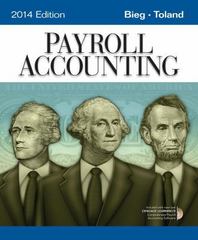Question
The investment, financial, and profitability characteristics of different industries vary, often significantly. For example, some industries require substantial investments in property, plant, and equipment, while
The investment, financial, and profitability characteristics of different industries vary, often significantly. For example, some industries require substantial investments in property, plant, and equipment, while in others a larger proportion is invested in liquid assets such as cash and accounts receivable. Differences also frequently exist in the means of financing assets. One industry may have to rely extensively on long-term debt, while in another trade credit is readily available. Also, certain measures of profitability and asset utilization will reveal significantly different results in industry comparisons. Financial statements and the ratios computed from them reflect these and other differences among industries. The data file for this exam presents balance-sheet percentages and selected ratios for one company chosen from each of the 5 industries listed below.Study this information and match each set of numbers with the correct industry.
- Automobile manufacturer (General Motors)
- Department store chain (Macy's)
- Drug store chain (Walgreen)
- Regional airline (Southwest Air)
- Supermarket chain (Safeway)

Step by Step Solution
There are 3 Steps involved in it
Step: 1

Get Instant Access to Expert-Tailored Solutions
See step-by-step solutions with expert insights and AI powered tools for academic success
Step: 2

Step: 3

Ace Your Homework with AI
Get the answers you need in no time with our AI-driven, step-by-step assistance
Get Started


